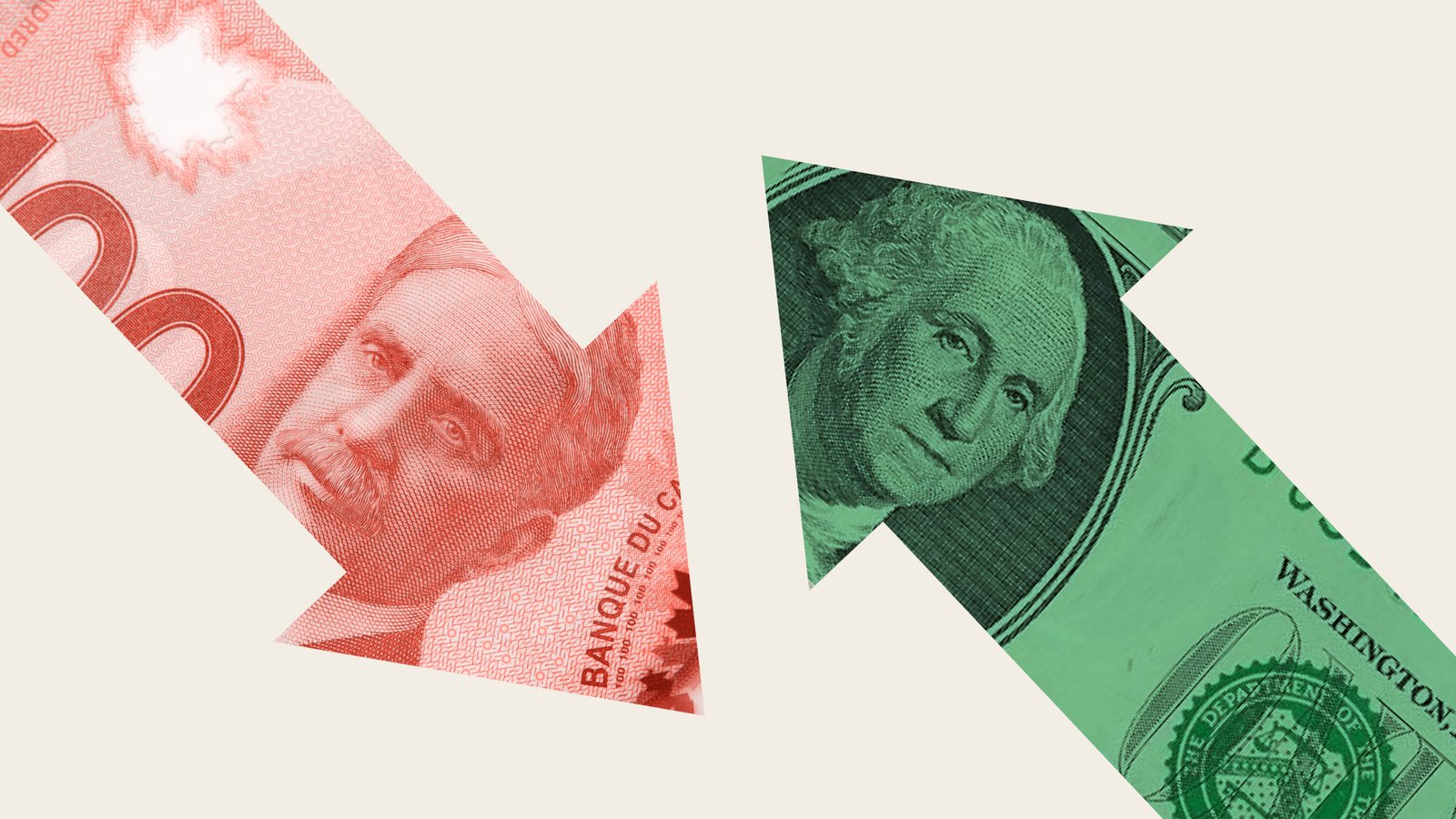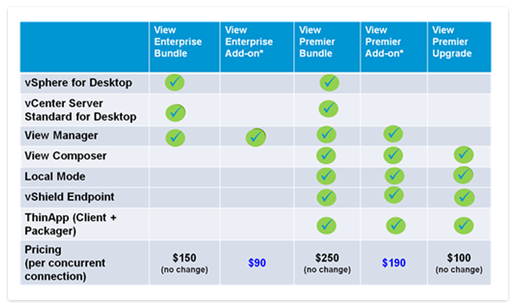Canadian Dollar Plunges Despite US Dollar Gains

Table of Contents
Weakening Commodity Prices Impact the Canadian Dollar
The Canadian economy is heavily reliant on the export of commodities, particularly oil and natural gas. Fluctuations in global commodity markets, therefore, directly impact the Canadian dollar's value. The recent decline in global oil prices, for example, has significantly weakened the CAD.
-
Recent drops in global oil prices have directly impacted the Canadian dollar's value. The price of West Texas Intermediate (WTI) crude oil, a key benchmark, has fallen considerably in recent months, leading to reduced revenue for Canadian energy producers and a subsequent weakening of the Canadian dollar. This is further compounded by the reduced demand for Canadian natural gas in some key markets.
-
Reduced demand for Canadian commodities weakens the currency. Global economic slowdown, particularly in major economies like China, leads to decreased demand for Canadian resources, further pressuring the Canadian dollar exchange rate. This reduction in export volume negatively impacts the overall trade balance, putting additional downward pressure on the CAD.
-
The correlation between commodity prices and the Canadian dollar exchange rate is strong. Historically, there's a clear positive correlation; when commodity prices rise, so does the Canadian dollar, and vice versa. The current downturn underscores this direct link. Analyzing the price movements of key Canadian exports – including lumber, wheat, and other metals – provides further insight into the overall weakness of the Canadian dollar.
Interest Rate Differentials and the USD's Strength
The US Federal Reserve's monetary policy plays a crucial role in determining the strength of the US dollar. Higher interest rates in the US attract foreign investment, increasing demand for the USD and putting downward pressure on other currencies, including the CAD.
-
Higher interest rates in the US attract foreign investment, increasing demand for the USD. Investors seek higher returns, and the US, with its relatively higher interest rates, becomes a more attractive destination for investment capital. This increased demand strengthens the USD relative to other currencies, like the CAD.
-
A stronger USD often puts downward pressure on other currencies, including the CAD. When the USD appreciates, it becomes more expensive for holders of other currencies to buy USD, leading to a decrease in demand for those other currencies, including the Canadian dollar.
-
The Bank of Canada's interest rate decisions also impact the CAD, but are currently less influential compared to the USD. While the Bank of Canada's actions affect the CAD, the current divergence in interest rate policies between the US and Canada is significantly influencing the CAD's exchange rate.
Geopolitical Uncertainty and Global Economic Slowdown
Global factors significantly influence the Canadian dollar. Geopolitical instability and concerns about a global economic slowdown create uncertainty in the markets and affect investor sentiment negatively, impacting riskier assets like the Canadian dollar.
-
Ongoing geopolitical instability can create uncertainty in global markets, hurting riskier assets like the Canadian dollar. The ongoing war in Ukraine, along with other geopolitical tensions, increases market volatility and encourages investors to move towards safer haven assets, often weakening the Canadian dollar.
-
A global economic slowdown reduces demand for Canadian exports, impacting the CAD. Concerns about a potential recession in major economies reduce demand for Canadian goods and services, leading to a decline in exports and subsequently impacting the Canadian dollar.
-
Concerns about inflation and recession globally impact investor sentiment. The fear of a global recession, coupled with persistent inflation, creates uncertainty in the markets, leading to a flight to safety and harming the Canadian dollar.
Impact on Canadian Businesses and Consumers
The weaker Canadian dollar has far-reaching implications for both businesses and consumers.
-
Increased import costs for Canadian businesses. A weaker CAD makes importing goods and services more expensive for Canadian businesses, impacting their profitability and potentially leading to price increases for consumers.
-
Higher prices for imported goods for Canadian consumers. Canadians will experience higher prices for imported goods, leading to increased living costs. This is particularly noticeable for goods with a significant import component.
-
Potential impact on tourism and travel. A weaker CAD makes international travel more expensive for Canadians, potentially impacting the tourism industry. Conversely, it could make Canada a more affordable destination for international tourists.
Conclusion
The recent plunge in the Canadian dollar, despite US dollar gains, is multifaceted, resulting from weakening commodity prices, interest rate differentials, and broader geopolitical uncertainty. Understanding these contributing factors is vital for navigating the current economic climate. Staying informed about fluctuations in the Canadian dollar and global economic trends is crucial for businesses and individuals alike. Continuously monitor news and analysis on the Canadian dollar exchange rate to make informed decisions regarding investments, imports, and exports. Understanding the forces impacting the Canadian dollar's value is key to mitigating risks and capitalizing on opportunities.

Featured Posts
-
 Significant V Mware Price Increase Proposed By Broadcom At And Ts Response
Apr 24, 2025
Significant V Mware Price Increase Proposed By Broadcom At And Ts Response
Apr 24, 2025 -
 Canadian Auto Dealers Propose Five Point Plan Amidst Us Trade War
Apr 24, 2025
Canadian Auto Dealers Propose Five Point Plan Amidst Us Trade War
Apr 24, 2025 -
 La Fires Fuel Landlord Price Gouging Controversy A Selling Sunset Star Speaks Out
Apr 24, 2025
La Fires Fuel Landlord Price Gouging Controversy A Selling Sunset Star Speaks Out
Apr 24, 2025 -
 The Bold And The Beautiful Wednesday April 16 Recap Liams Strange Behavior And Bridgets Stunning Discovery
Apr 24, 2025
The Bold And The Beautiful Wednesday April 16 Recap Liams Strange Behavior And Bridgets Stunning Discovery
Apr 24, 2025 -
 Legal Battle Over Banned Chemicals Sold On E Bay Section 230 Implications
Apr 24, 2025
Legal Battle Over Banned Chemicals Sold On E Bay Section 230 Implications
Apr 24, 2025
